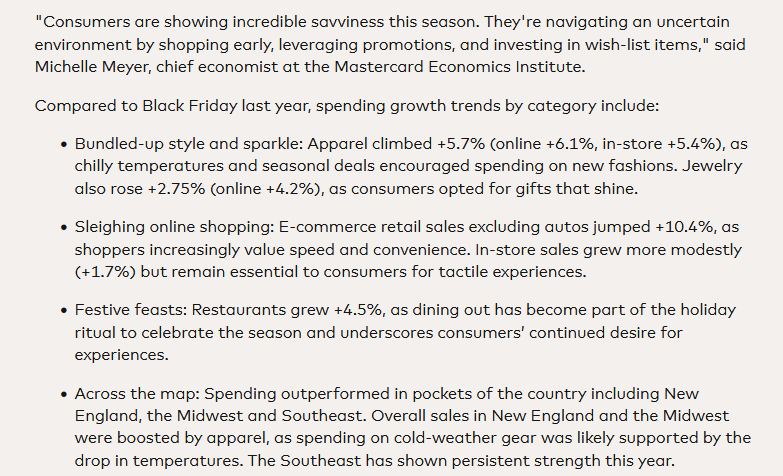A recent video by CNN states that lower prices are bad for the United States economy and that consumers must get used to the newer, higher prices. The video goes so far as to say, “We’re never going to pay 2019 prices again.” The video claims that deflation is responsible for a long list of problems including layoffs, high unemployment, and falling incomes. Americans should simply get used to paying more and more each year and be happy about it. Except, deflation is actually good for consumers despite the contentions of inflation-supporting economists.
The conclusion that inflation is a good thing is reached by the mishandling of economic terms. While Austrian economics accepts that inflation is the expansion of the money supply, mainstream economics contends that inflation is an increase in the general price level in an economy. This skewed definition allows one to erroneously conclude that inflation causes prosperity by raising profits and incomes through higher consumer prices. The problem with this is that “price inflation” is also often caused by real inflation: the increase of the money supply. An increase in the money supply comes from the creation of additional units of money ex nihilo, out of nothing. The wealth of savers is diluted by the expansion of the money supply, which leads to the hardships many Americans face.
Further, while the video contends that the pandemic may have caused rising prices, it cannot explain the continual growth of prices even after the effects of the pandemic have subsided. The pandemic is not responsible for the continual trend of increasing prices; the growth of the money supply is.
Figure 1: The M2 in the United States, 1959–2024

Source: FRED. Data from the Board of Governors of the Federal Reserve System.
While the money supply of US dollars has increased steadily over the past few decades, a significant jump can be seen after 2019 when the Federal Reserve’s expansionary monetary policies caused a great rise in the money supply. This growth, uncompensated by additional production due to the pandemic, caused the price inflation that many now blame solely on the pandemic. The truth is that if the pandemic were the cause of prices rising a significant amount, the absence of the pandemic should account for a proportionally drastic deflationary period afterward. This never occurred, and thus the money supply paints a more honest picture of inflation than any index of a collection of prices ever could.
By contrast, deflation, as opposed to inflation, is often a good thing for consumers. Deflation means that the same unit of money is worth more today than it was yesterday. Consumers thus can buy more today than they could yesterday. Instead of actively being impoverished during conditions of inflation, consumers would rather be made richer during times of deflation.
The reason many economists are quick to champion inflation as creating prosperity is because central banks have previously used expansionary monetary policies to temporarily boost the economy by increasing aggregate demand. Several of these policies, often specifically lowering interest rates, cause a boom-bust cycle. When the money supply is expanded and cheap credit is abundant, firms are able to take on ambitious projects that they may not have been able to previously. Malinvestment results from the unsustainable credit expansion created by extremely low interest rates. There is greater demand for the factors of production, and an increase is seen in conventional metrics of economic growth such as gross domestic product.
During the process of malinvestment, an increase in employment occurs due to the firms having access to cheap and easy credit, allowing for greater business spending. However, when firms lose access to cheap and easy credit due to the central banks having to prioritize cutting inflation, jobs are lost. These job losses are not the fault of the deflation but rather the malinvestment during economic booms. Without malinvestment and inflation, resources would have been invested in more-profitable endeavors, making better use of these resources.
Artificially cheap credit causes a misallocation of resources by skewing price information. Eventually, a bust must follow the boom. In this period, deflation often occurs due to market actors coming to more-realistic valuations of the factors of production. After these realistic valuations come about, consumers are able to pay less for their goods and services . . . at least until the central bank causes the next boom-bust cycle.
In conclusion, it would be wrong to pinpoint deflation as a potential issue for the economy. To do so would be to conflate the cause and effect of how money supply affects an economy. Contrary to CNN’s video, the Federal Reserve throughout its history has not helped the cause of consumers, evidenced by the exponential growth of prices since its foundation.
Full story here Are you the author? Previous post See more for Next postTags: Featured,newsletter


























